Federal taxpayers have an interest in the conservation of agricultural resources because of agriculture’s potential to both impose significant downstream costs as well as provide significant public benefits. Consequently federal taxpayers spend nearly $5 billion annually on programs that financially support farmers and ranchers for implementing practices that improve water quality, increase wildlife habitat, or meet other public resource goals. With such a significant investment, taxpayers must be assured their tax dollars are invested in programs that are achieving their intended outcomes. To identify what works, however, farmers, landowners, and governmental agency officials implementing conservation programs must accurately quantify outcomes for conservation programs and adjust them to always improve performance.
The Need for Measuring Conservation Program Success
Conservation dollars are a scarce resource that must be efficiently deployed. The 2014 Farm Bill reduced authorized spending on agricultural conservation programs by nearly $4 billion (6.4%) over the fiscal years 2014-2023. Annual appropriation bills often additionally reduce the amount of funding available for mandatory conservation programs through a process known Changes in Mandatory Programs (CHIMPS). In this process annual spending bills restrict spending in mandatory programs to a level below their authorized level. For example from FY2004 through FY2014, the appropriated budget authority for the Environmental Quality Incentives Program (EQIP) fell a cumulative $2.8 billion less than authorized levels.
In a tight budgetary environment where funding for conservation programs is stagnant or even declining, taxpayer dollars must be managed in a manner that produces measurable outcomes and the best return on investment. Taxpayers cannot rely on measuring conservation program success simply by the amount of dollars invested or acres enrolled. Rather USDA must better inform taxpayers of the benefits conservation programs produce. As much as possible, evaluation should be done on the ground with actual measurement. Measurement needs to be tailored to the resource concern and the conditions in the field (or stream). It can take the form of edge of field monitoring to determine base and after application conditions or in-stream monitoring to determine cumulative effects. However it is implemented, the goal should be to gain knowledge of observable and measurable progress in achieving a resource concern.
Measuring conservation practice performance is mutually beneficial
The real secret to success in voluntary working lands conservation programs is that publically beneficial conservation practices often also provide private benefits to producers. The majority of federal conservation dollars do not go to programs that idle land or prevent producers from generating revenue. Most dollars are deployed on lands that are actively farmed. As such the payments are not replacement for lost income. Rather payments allow producers to leap technical, technological, or economic barriers to better providing both public and private benefits.
By actually measuring conservation program’s progress in achieving its stated goals, policymakers can maintain and increase support for programs amongst key stakeholders including the partners implementing the programs.
Conservation Performance Monitoring Success Stories
Hewitt Creek Watershed, Northeast Iowa
This farmer led initiative attempted to reduce nitrogen and phosphorous runoff on crop only and crop/livestock operations. Utilizing funding from USDA, the state of Iowa, the Iowa Farm Bureau, and themselves, the participating producers implemented a number of conservation practices including improved grassed waterways, no-till planting, better manure management, fertilizer management and cover crops. As part of their 10-year project, they included actual edge of field and in-stream monitoring of nutrient runoff. While they found reduction in nutrient runoff in the last years compared to the initial years (65% phosphorous and 10% nitrogen), producers also improved profitability per/acre. This was because measurement of runoff allowed producers to decrease their application of fertilizers.
Ohio farms and Lake Erie Algae Blooms
Farmers in Ohio doing edge of field monitoring to reduce nutrient runoff that contributes to toxic algae blooms in Lake Erie. Utilizing funds from the USDA, state of Ohio, and private funds from Ohio Soybean Council, Ohio Small Grains Marketing Program and the Ohio Corn Marketing Program, this project used on farm, edge of field monitoring to validate the risk indexes resource managers used to evaluate conservation practices aimed at reducing phosphorous loss from farms. The program not only validated the risk index but gave producers an understanding of how much nutrient loss was occurring on their farm, allowing them to reduce and better time their fertilizer applications.
Conclusion
Federal taxpayers have an interest in the conservation of agricultural resources because of agriculture’s potential to both impose significant downstream costs as well as provide significant public benefits. Simple conservation practices taken by farmers can provide taxpayers with a positive return on investment. To ensure this return, however, there must be an effort to better measure and quantify outcomes for conservation programs. By doing so policymakers can target conservation dollars to wehre they will have the greatest impact and provide a means of showing success to all stakeholders: taxpayers, project partners, and policymakers.

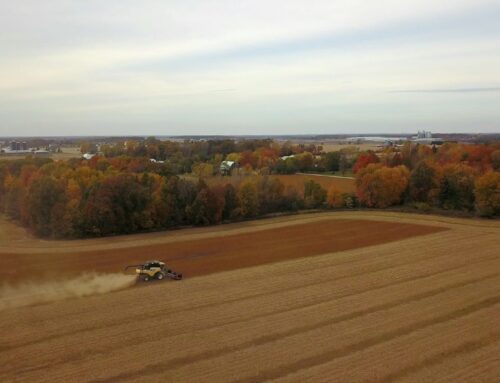
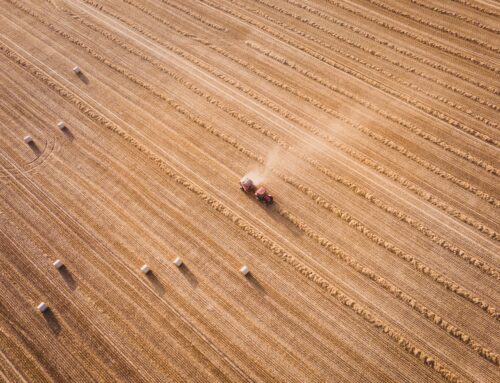

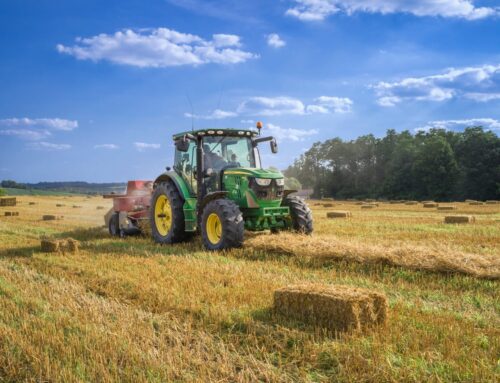

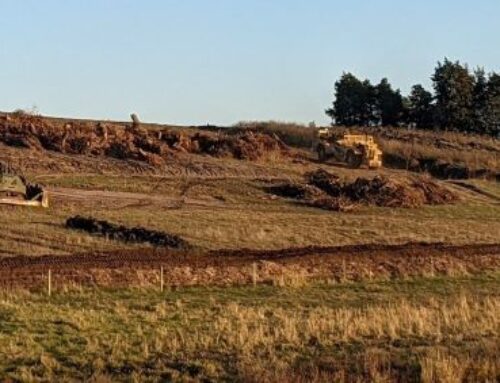


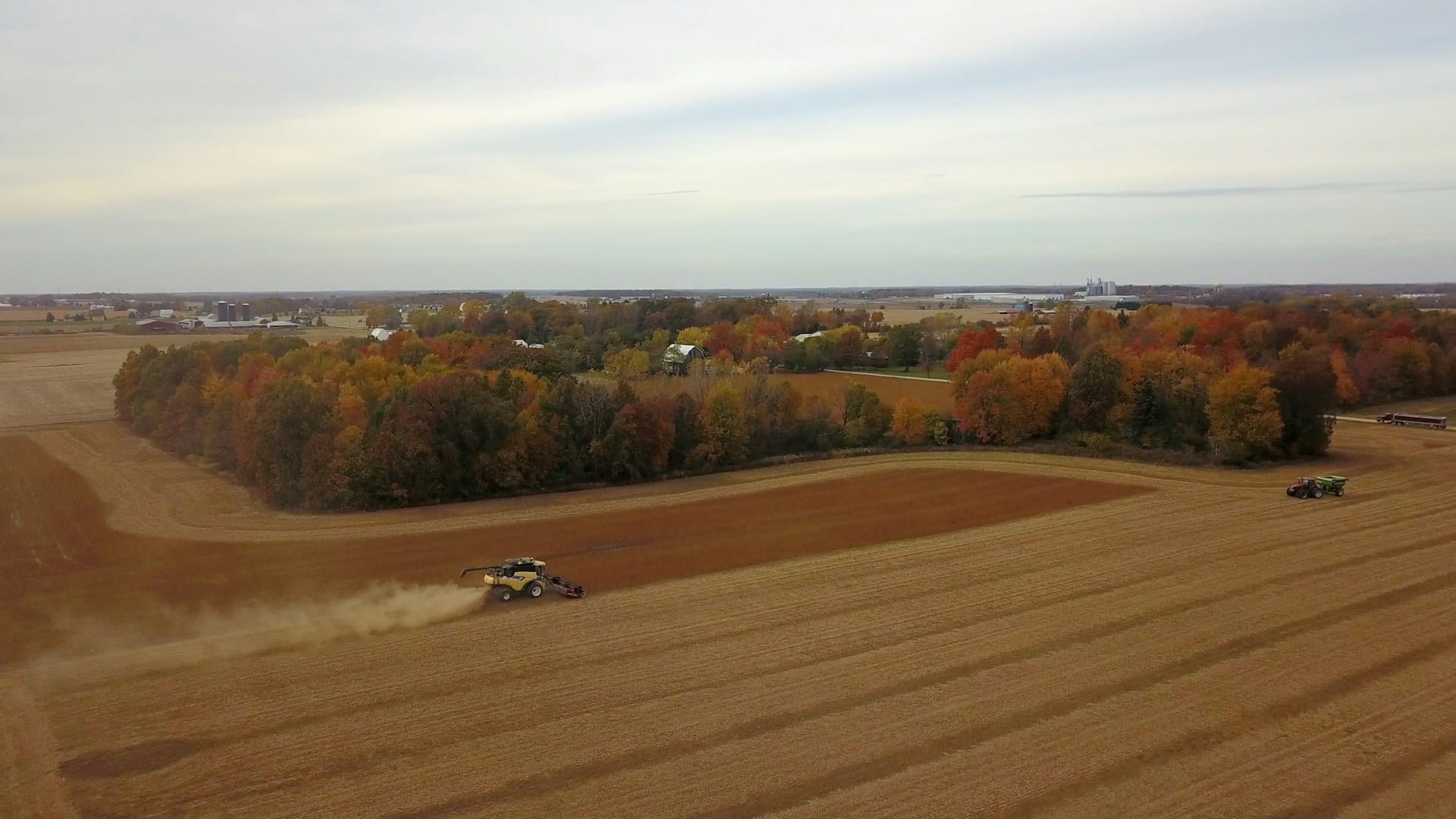
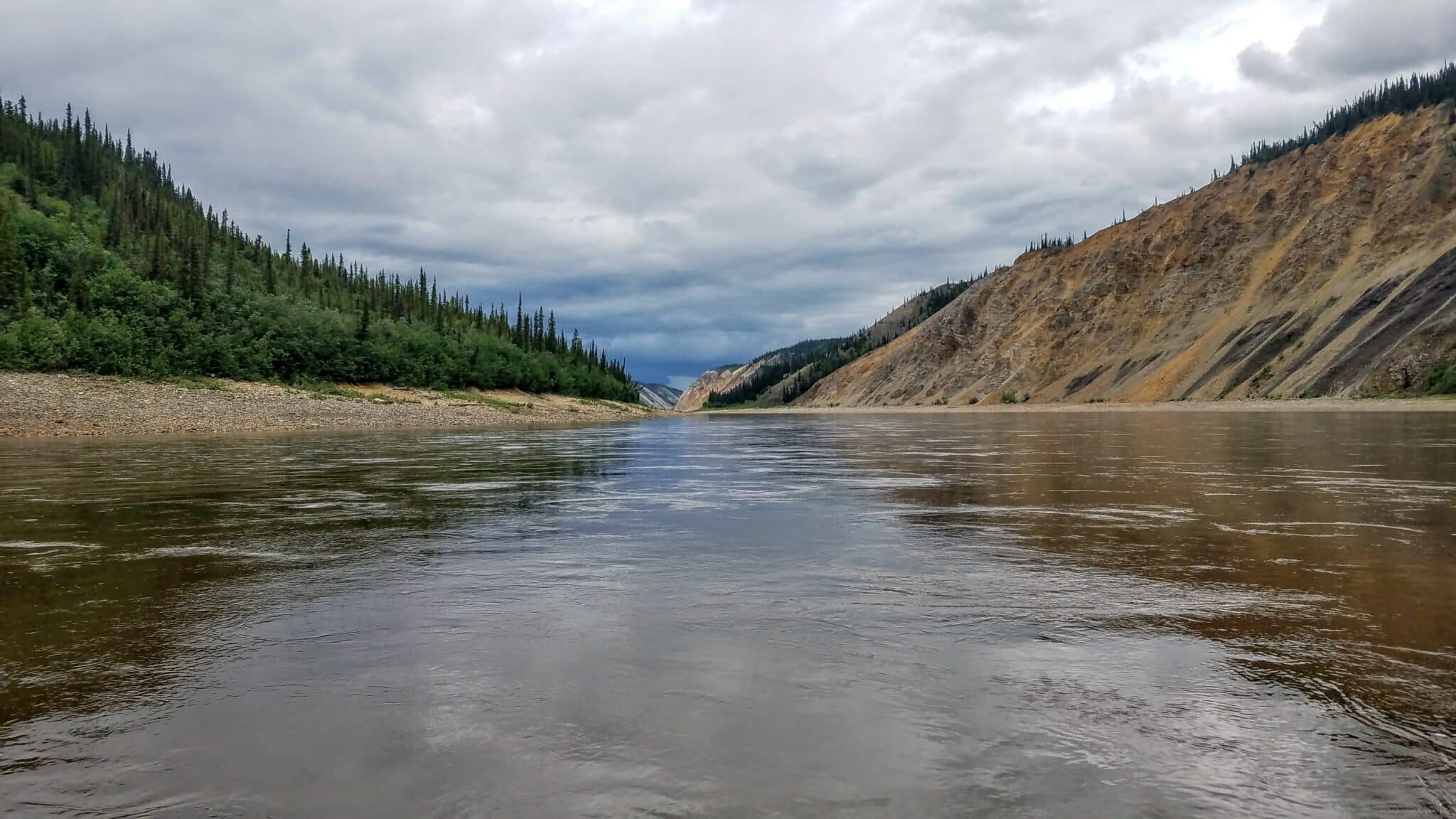
Get Social